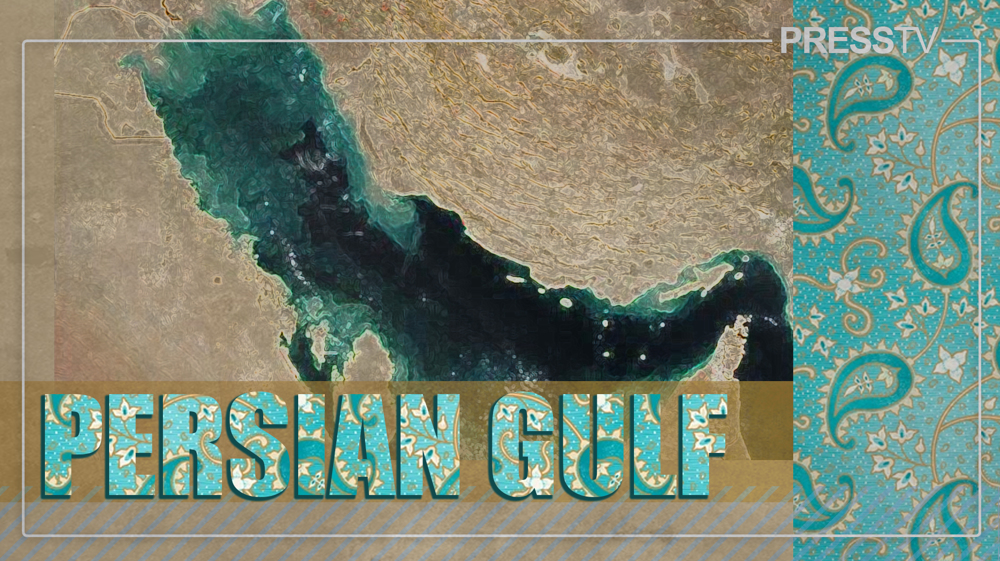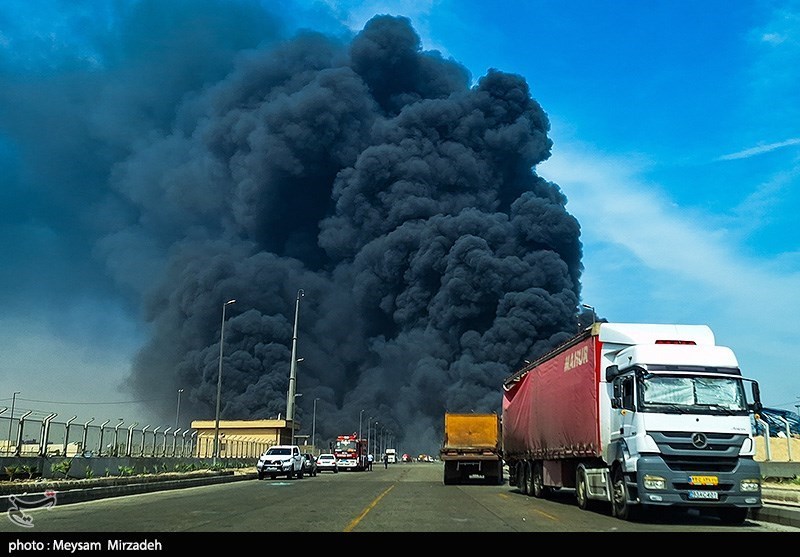Alwaght- Over 5 decades have gone since the immigration of Afghans to Iran, a large immigration that started with the eruption of the clashes between the Soviet Red Army and the Afghan mujahideen over 50 years ago. The wave of Afghans entering Iran increased in the early 1980s after the Islamic Revolution and then the war Saddam of Iraq waged against neighboring Iran.
However, over the part few months and amid the security developments in Iran followed by Israeli aggression, the Iranian officials have made a different decision on Afghan immigrants. Now Iran’s official policy is end of Afghans’ presence and stop of accepting new immigrants.
Iranian officials argue Afghanistan is no longer at war and its domestic conditions are stable and so there are no reasons for the immigrants to stay in Iran. This report brings in spotlight the state of Afghan immigrants in Iran and the reason behind the decision to end their presence in the country.
Statistics on Afghans in Iran
Although the problem of Afghan refugee settlement policy is not new, and Iran has hosted millions of people, both immigrants and refugees, since the Soviet Union occupied Afghanistan in the 1980s, the increase in their number in the past three years has been a challenging issue in various cities in Iran.
The Statistical Center of Iran reported that between March 2023 and March 2024, more than 97 percent of immigrants to Iran were from Afghanistan. While figures of 10 to 15 million Afghan refugees have been published on some Iranian social media, this figure seems exaggerated. However, the Afghan refugee population in Iran is large, and according to a report by the Cambridge Center for Middle East Studies, Afghan refugees potentially constitute one-tenth of Iran’s population, which would put the number at 9 million Afghan refugees.
These statistics show the multi-fold growth of Afghan immigrants in Iran, because according to the 2016 Population and Housing Census report published by the Statistical Center of Iran, at that time only 1,583,979 people, or 1.98 percent of the total population of Iran, were Afghan nationals, and currently the lowest estimate of the presence of Afghan immigrants is 5 million.
Nader Yarahmadi, Advisor to the Iranian Interior Minister and the Head of the Center for Foreign Nationals and Immigrants Affairs of the Iranian Ministry of Interior, also announced in March that the number of authorized and unauthorized Afghan nationals in the country as 6,100,000, saying: “Of this number, 2,100,000 are authorized, 2 million are unauthorized, and 2 million are in the census category.
Good host
Just contrary to the propaganda, Iran has been a good host to the Afghan nationals and over the past decades, it has taken various measures to support Afghan immigrants, including education, health services, and loans for business.
Over the past years, Afghan immigrants in Iran have benefited from health services in public and private centers. During these years, according to statistics from the Center for Nationalities Affairs of the Ministry of Interior, 610,317 Afghan students have been studying in Iranian schools, and nearly 12 percent of Afghans immigrants are students. According to official statistics, 16 percent of the Iranian population are students, and in this regard, there is a close relationship between the share of Iranians in education and the share of Afghan nationals in education in Iran. Also, many Afghan artists or athletes are present in Iran.
End of hosting
End of Afghan immigrants and refugees in Iran is a policy that has been pursued over the past years. In April 2022, security advisor to the governor of Khorasan Rszavi province said that 91 percent of the illegal Afghan immigrants left the country voluntarily from eastern borders. However, this policy was followed more strictly in the past months, especially after Israeli war on Iran. Here is why:
Security issues: Almost all countries in the world define their immigration policies based on security requirements, and Iran is no exception. After the Israeli regime invaded Iran and Iran identified some Afghan elements affiliated with the Israelis and doing some acts of sabotage by them, the government decided to end the presence of immigrants and citizens, and it is natural that given that more than 95 percent of foreign nationals in Iran are Afghan citizens, the compulsory departure of them is much more noticeable than other foreign citizens. Therefore, one of the reasons why Iran is serious about deporting foreign citizens, especially Afghan citizens and immigrants, is to improve the internal security situation and prevent the repetition of destabilizing actions in the country.
Increasing costs of hosting: Iran’s gloomy economic conditions in recent have motivated some Afghans to return home. According to the International Office of Migration in Afghanistan, in total, 858,170 Afghan immigrants returned home from neighboring Iran and Pakistan. Actually, the Western sanctions on Iran have helped accelerate the exit from Iran.
For the Iranian government, paying “hidden subsidies” to foreign nationals residing in the country has also been costly. According to an Eqtasad Online newspaper report, the hidden subsidies for the three main energy carriers, namely gas, gasoline, and diesel, in Iran are equal to $27 billion, $26 billion, and $12 billion, respectively. Assuming a dollar of 900,000 rials and dividing this subsidy among the 92 million people in Iran, including 86 million Iranians and 6 million Afghan citizens, each person’s share is 52 million rials. Finally, considering these cases, the hidden subsidy received by the 6 million Afghan citizens residing in Iran will be nearly $4.2 billion annually. This amount of hidden subsidy, in addition to the $700 million subsidy for bread, indicates that a total of nearly $5 billion in subsides annually go to Afghan immigrants in Iran. In other words, Afghan citizens in Iran have a share of public resources that is in no way consistent with the country’s economic power and capacity. While the Iranian government has been chronically struggling with a huge budget deficit, such a big subsidy puts an unprecedented pressure on the country’s financial resources, and it is natural that the government adopts a more strict policy towards sending immigrants back home.



























